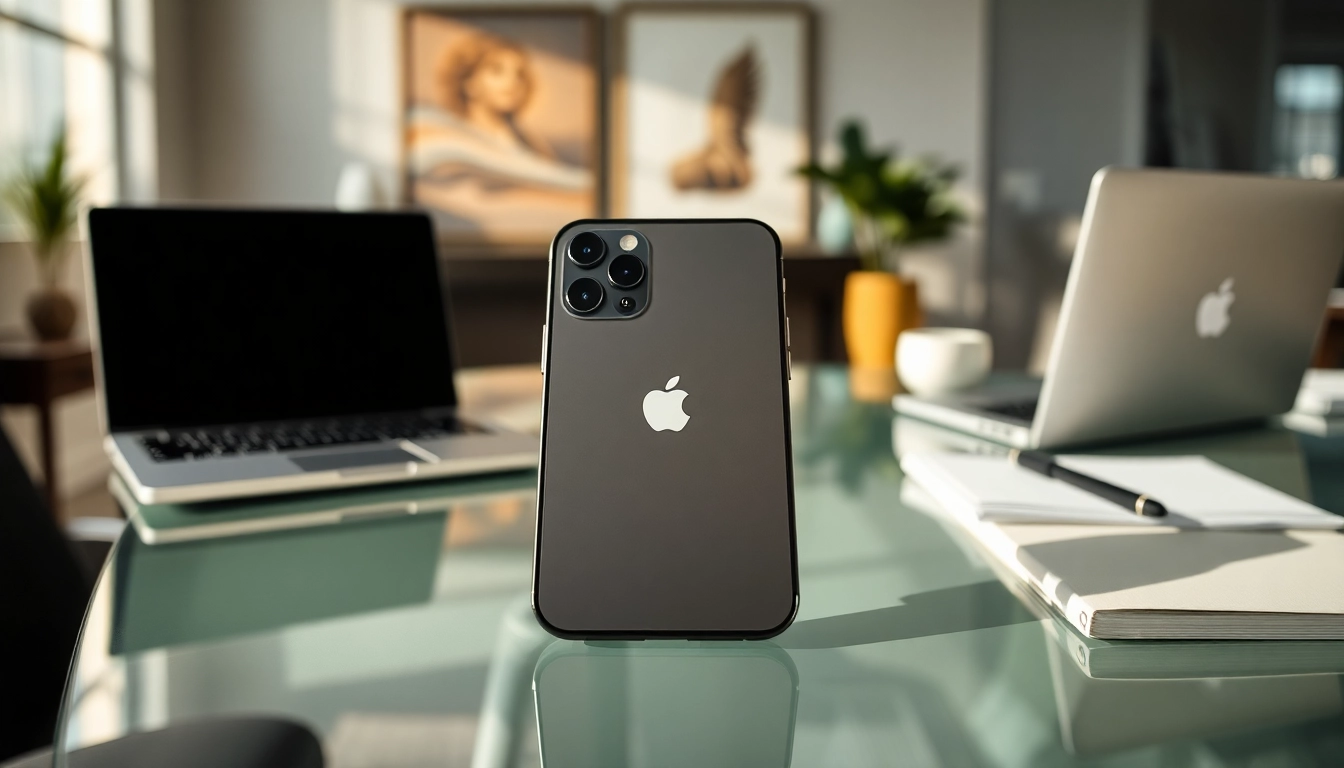
Understanding Telephone Data Collection
Definition and Importance of Telephone Data Collection
Telephone data collection is a method of gathering data through interviews conducted over the phone. This approach has gained significance in research and market analysis due to its ability to reach diverse populations quickly and efficiently. As businesses continually seek insights into customer preferences and behaviors, the telephone data collection method offers a blend of immediacy and depth. It encompasses various techniques, including structured interviews, surveys, and feedback collection, all designed to derive accurate information while allowing researchers greater flexibility compared to traditional face-to-face methods.
How Telephone Data Collection Works
The process typically begins with the formulation of an objective, followed by the creation of a survey or a script that aligns with the research goals. Interviewers, often trained professionals, then reach out to participants to conduct the interviews. This approach can utilize Computer-Assisted Telephone Interviewing (CATI), where responses are entered directly into a system as the interview progresses, enhancing data accuracy and reducing the time needed for data entry post-interview. Sample selection is crucial – researchers may employ random sampling or stratified techniques to ensure representative data collection across varied demographics.
Common Applications in Research
Telephone data collection is extensively used across sectors, including market research, healthcare, public opinion polling, and academic studies. For instance, companies often conduct telephone surveys to understand consumer trends, gauge product or service satisfaction, and assess the effectiveness of marketing strategies. In healthcare, patient satisfaction surveys via telephone have become commonplace as they provide vital feedback that can improve service quality. Public opinion polling often leverages this method to gauge public sentiment on current issues, facilitating timely and relevant data analysis for decision-makers.
Advantages of Using Telephone Surveys
Cost-Effectiveness Compared to Other Methods
One primary benefit of telephone data collection is its cost-effectiveness. Compared to in-person interviews, telephone surveys save costs associated with travel, venue hire, and personnel time. For many organizations, particularly small businesses or startups, this method allows access to valuable data without incurring substantial expenses. According to market research studies, conducting interviews via phone can reduce overall project costs by up to 30%, enabling more extensive data collection and analysis without significantly straining budgets.
Broader Reach Across Demographics
Telephone surveys can effortlessly transcend geographical barriers, allowing researchers to reach diverse demographic groups, including those in rural or isolated regions. This capability is particularly important in a globalized world, where market insights may come from varied cultural backgrounds and perspectives. With the integration of mobile technology, researchers can also include respondents who may not have easy access to traditional Internet-based surveys, further widening the pool of information and ensuring representation across different sectors or age groups.
Real-Time Interaction for Quality Data
Telephone data collection allows for real-time interaction, which can lead to more nuanced and rich data. Interviewers can probe for additional information on responses, clarifying ambiguous answers and adapting their questions based on the conversation’s flow. This adaptability is crucial in research where understanding the context behind a response is essential. Moreover, spontaneous reactions may be revealed during an interactive phone call, offering insights that might be missed in self-administered surveys.
Challenges in Telephone Data Collection
Response Rates and Participant Engagement
Despite its advantages, one significant challenge is achieving satisfactory response rates. Many potential respondents may screen unfamiliar calls or actively decline to participate in surveys, leading to relatively low engagement levels. According to industry statistics, average response rates for telephone surveys hover around 10-30%, which can compromise the representativeness of the data collected. Research indicates that providing incentives, ensuring brevity in surveys, and scheduling calls at convenient times can significantly improve participation rates.
Limitations of Telephone Communication
Another challenge arises from the inherent limitations of telephone communication. Non-verbal cues, such as body language and facial expression, are entirely absent, which can inhibit the depth of understanding between the interviewer and respondent. This can lead to misinterpretations of responses or failure to establish rapport, affecting data quality. Moreover, technical difficulties such as poor connections or issues with background noise can hinder communication and detract from the overall interview experience.
Technological Barriers
Technological barriers can also pose significant challenges during telephone data collection. Not all respondents may have access to reliable phone services, particularly in underprivileged or rural areas, which can limit sampling options and potentially skew results. Additionally, reliance on automation tools for data collection may introduce errors if not correctly implemented. Ensuring that both interviewers and respondents have access to appropriate technology is vital for the successful execution of telephone surveys.
Best Practices for Effective Telephone Surveys
Creating an Effective Script
A well-structured script is fundamental to conducting a successful telephone survey. The script should include clear, concise questions that are easy to understand, along with prompts for interviewers to encourage in-depth responses. Researchers should also pilot their survey with a small group to identify any ambiguous questions or potential issues prior to full deployment. A flexible script allows interviewers to deviate slightly from the planned questions based on the flow of conversation, ensuring that key areas of interest are thoroughly explored.
Building Rapport with Respondents
Building rapport is essential for encouraging participation and obtaining quality responses. Interviewers should be trained in effective communication techniques, including active listening, empathy, and confirmation of understanding. Initiating conversations with a friendly greeting and explaining the purpose of the call can help put respondents at ease. Additionally, being respectful of respondents’ time by keeping surveys concise and relevant can foster positive engagement and increase the likelihood of cooperation.
Data Analysis and Interpretation
Once data collection is complete, effective analysis is critical. Researchers should employ both quantitative and qualitative analysis techniques, ensuring that statistical methods are used for numerical data, while thematic analysis is applied to open-ended responses. For accurate interpretation, it’s crucial to understand the context in which data was collected. This could involve accounting for potential biases or external factors that may have influenced respondents’ answers. Engaging cross-disciplinary teams and utilizing data visualization tools can also enhance understanding and presentation of the findings.
Future Trends in Telephone Data Collection
Integrating Technology and Automation
The future of telephone data collection will undoubtedly lean heavily on technological advancements. The integration of AI and machine learning can help enhance the efficiency and accuracy of data collection. For instance, automated systems can analyze speech patterns and sentiment in real-time, improving the feedback loop. Furthermore, advancements in predictive analytics can assist businesses in making better-informed decisions based on historical data trends derived from telephone surveys.
Comparative Analysis with Other Data Collection Methods
As data collection methodologies evolve, a more comparative analysis between telephone surveys and other methods—such as online surveys or face-to-face interviews—will emerge. Understanding the unique strengths and weaknesses of each approach enables researchers to choose the method best suited for their specific goals. For instance, while online surveys may offer higher privacy levels and expansive reach, telephone interviews can provide richer qualitative data through conversation. Balancing these methods based on the target audience and research objectives will be pivotal.
Predictions for Market Developments
Looking forward, the market for telephone data collection is expected to grow as businesses increasingly recognize its value in obtaining actionable insights. Moreover, with the integration of mobile technology, researchers can anticipate a surge in participant engagement rates. Predictions suggest that specialized firms focusing exclusively on telephone data collection may emerge, capitalizing on their expertise to offer advanced services tailored to specific industries, thereby fostering a more competitive landscape in market research.







